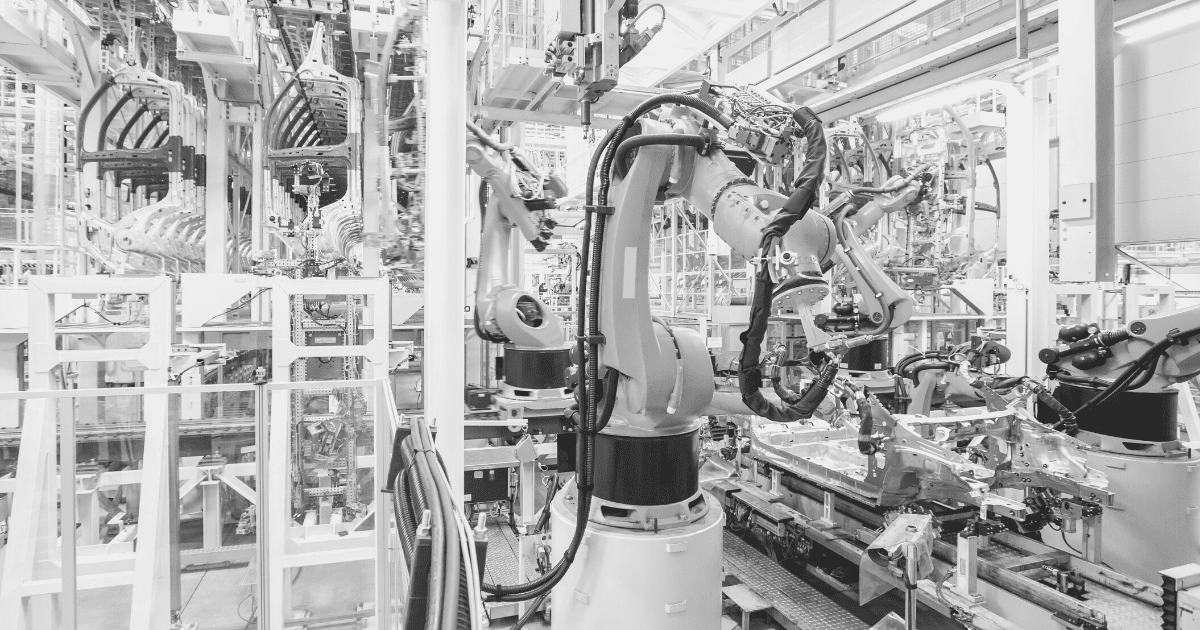Automation has been proven to speed up and streamline processes for warehouse, distribution and logistics organisations, but the majority of companies are still behind the curve in terms of investment and adoption.
As Amazon continues to set the bar for efficiency by integrating an astounding spectrum of automation technology, it’s becoming increasingly apparent that traditional supply chain models are ripe for disruption. For this reason, companies around the world are now rethinking their warehouse and distribution systems, with automation taking centre stage.
Last month, Amazon unveiled plans to build a $500 million robotic distribution centre in Australia to speed up deliveries and double its capacity as the structural shift to online shopping gathers pace. This single largest investment in Australia since launching its online store in December 2017 is a 200,000-square-metre “fulfilment centre” which will have a footprint the size of 22 rugby fields – will be manned by about 2000 robots.
Woolworth, an Australian chain of supermarkets and grocery stores has also signalled it will invest between AU$700 million and AU$780 million in technology and fit-outs over the next four years as part of plans to build an automated regional and distribution centre and a semi-automated national distribution centre.
Woolworth’s decision to build its automated and semi-automated warehouses comes days after e-commerce fulfilment provider eStore Logistics announced it investing AU$40 million into developing two fulfilment centres and the rollout of over 200 AI-enabled robots.
Supply chain automation integration into supply chains management tasks such as order tracking, data analysis, and warehouse management can be highly beneficial no matter the scale or industry which includes but not limited to:
- Increased productivity and client satisfaction
- Improved management accuracy and lowered turnover times
- Drastically lowered risks of workspace injuries
- Ability to market your high-performing business to larger clients
- Decreased environmental footprint and eco compliance
It’s easy to look at the numerous implementations of supply chain automation in supply chain management and feel overwhelmed by the technological possibilities. However, their integration can have transformative effects on organisations and lead to new business opportunities due to increased production capacities.





